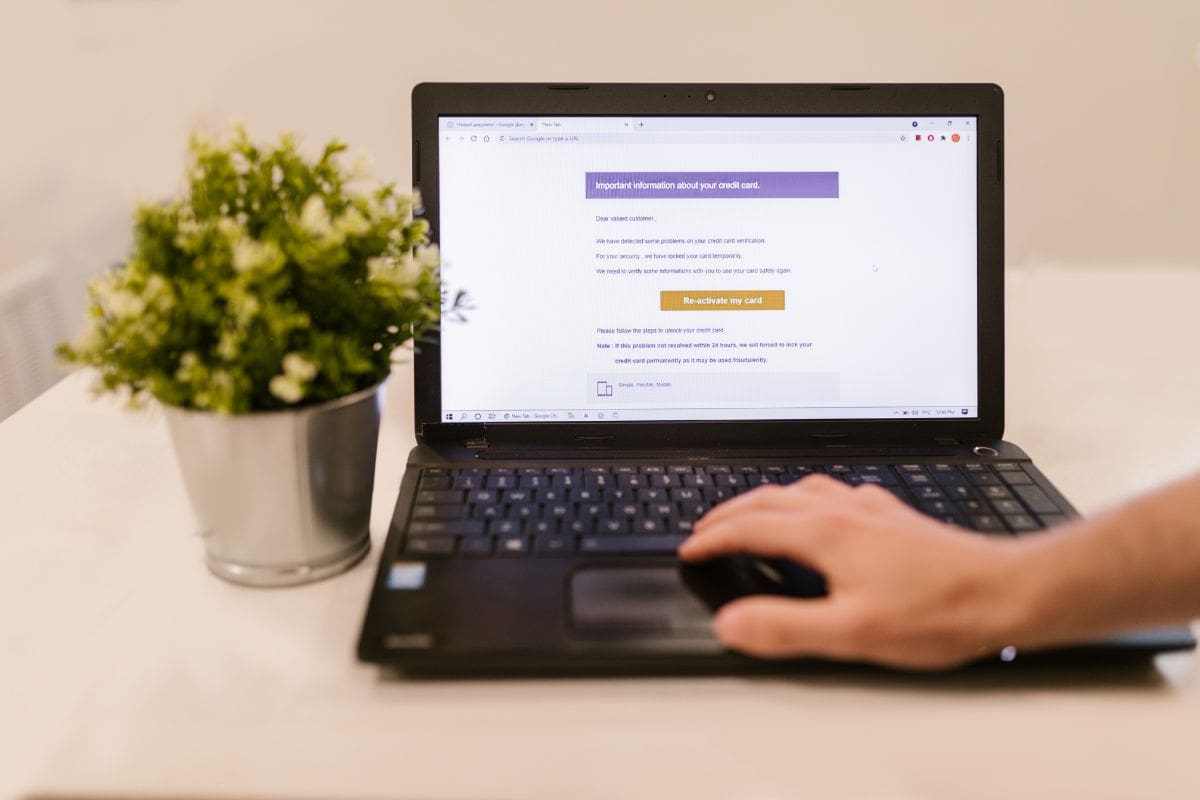Just last week, a recruiter friend of mine forwarded me an email from a candidate she was about to hire.
The start was great. Warm greeting, well-written message, and even genuine excitement for the job.
Then I got to the end.
No sign-off. No, thank you. Just: “Alright, let me know.”
She said it felt like someone shutting a door halfway, mid-conversation. It was awkward and abrupt, to say the least.
Most people don’t realize the end of an email can tip the scales in their favor or push them off completely.
But it’s the last thing your reader sees, and it tells them whether you’re thoughtful, rushed, or even reliable.
Let’s talk about how to end an email so it works for you, not against you.
Key Takeaways
- The way you close your email can leave a stronger impression than the opening.
- You should choose an email sign-off that suits who you are writing to and why you are writing.
- While ending an email, you should make it clear what should happen next so there is no confusion.
- Otherwise, the recipient might be left wondering, “What the HELL am I supposed to do?”
- A short thank you can make your message feel more human. So don’t shy away from saying “thank you” in your own voice.
- An email signature is important for many reasons. Use a simple and easy-to-read signature.
Elements of a Strong Email Closing
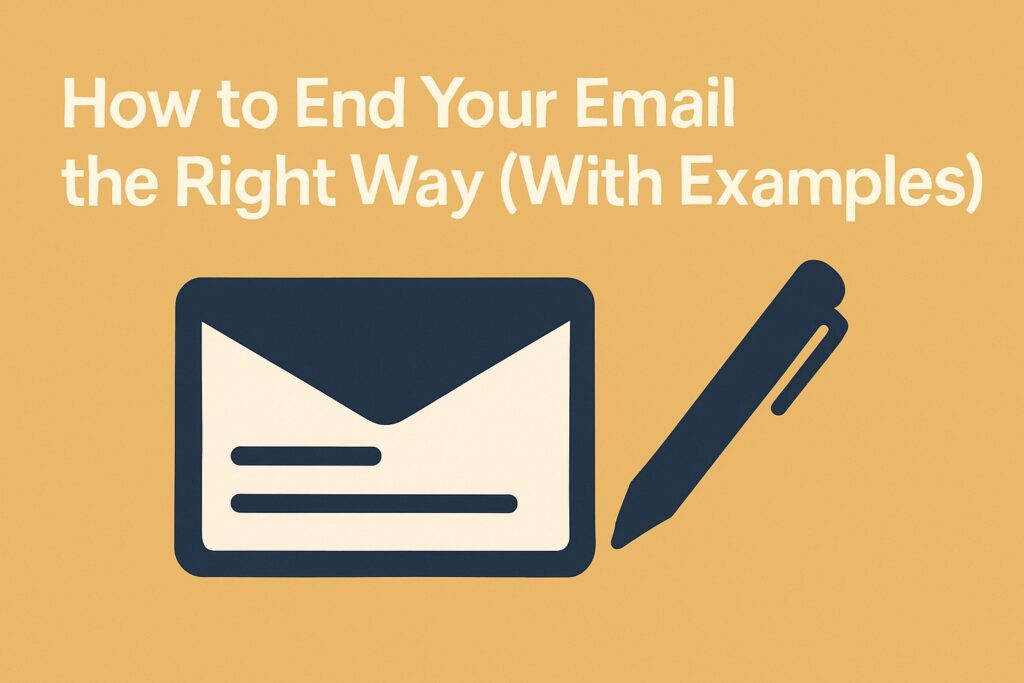
A good email closing doesn’t come from just signing your name.
It should leave the reader with a clear impression of who you are and what you want them to do next.
To get it right, your email closing must contain the below listed elements.


Never Worry About AI Detecting Your Texts Again. Undetectable AI Can Help You:
- Make your AI assisted writing appear human-like.
- Bypass all major AI detection tools with just one click.
- Use AI safely and confidently in school and work.
- A Natural Sign-Off
Your sign-off should match the tone and purpose of your email. Too casual can feel unprofessional. Too formal can feel stiff.
- Professional but warm: Best regards, Kind regards, Sincerely
- Friendly but respectful: Best, Thanks, Warmly
- Casual and quick: Thanks again, Talk soon, Take care
Avoid outdated or overly personal closings in work-related contexts (Yours truly, Cheers, Love).
- A Clear Next Step
Never leave the reader guessing. End with a line that tells them what happens next or what you’d like them to do. For example:
- “Looking forward to hearing your thoughts on this.”
- “Please let me know by Thursday if you’d like to proceed.”
- “I’ll follow up early next week to check in.”
People are busy. If you don’t tell them what to do next, they might do nothing.
- Gratitude (When Appropriate)
If the person gave you their time, attention, or help, say thank you. It can be as simple as:
- “Thanks for your time today.”
- “I appreciate you getting back to me so quickly.”
Gratitude makes your message feel human and leaves a positive final impression.
- Your Name (Always)
It sounds obvious, but leaving out your name (or just using initials) can make your email feel abrupt or careless.
This is more important if you’ve never met the person before.
- Full name if it’s a first-time contact or formal email.
- First name only if it’s an ongoing conversation or friendly exchange.
- A Professional Signature Block
Your signature should make it easy for the reader to find your basic details, without turning the end of your email into a wall of text.
Include the following.
- Full name
- Job title or role
- Company (if relevant)
- Contact info (email, phone, LinkedIn)
Do not use inspirational quotes, emojis, or long disclaimers. Keep it clean. It could be as simple as this:

6. End on the Right Note
Before you hit send, re-read your closing and ask yourself:
“If I were speaking to this person face-to-face, would I say it this way?” Matching tone builds trust and shows emotional intelligence.
Using a tool to help you out with these nuances is also a great idea. For example, I use the AI Humanizer by Undetectable AI to smooth out my email closings.
It rewrites awkward sentences to make them feel more natural.
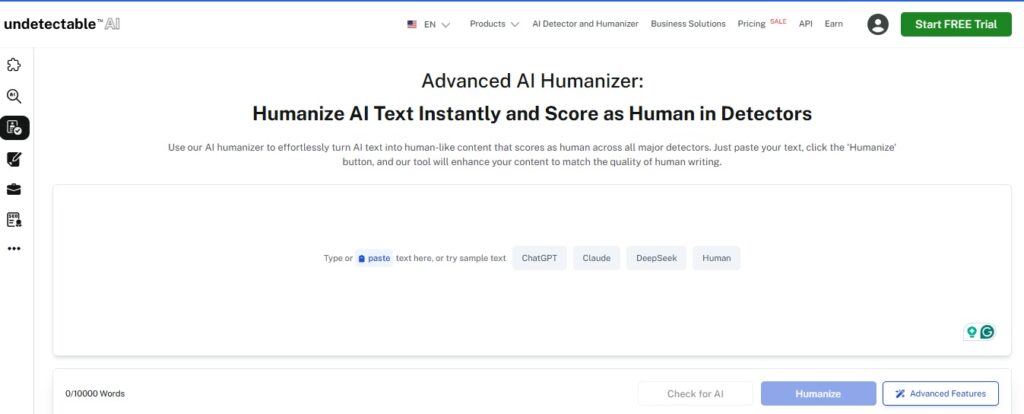
Closing Lines That Work
Knowing how to end off an email is a skill. Over the last few years, I’ve managed to collect a few tricks up my sleeve that actually work.
Every time.
When You’re Waiting for a Reply
- “Looking forward to hearing your thoughts.”
- “Can you confirm if this works for you?”
- “Let me know if you need anything else from me.”
Such closing lines signal that a response is expected without sounding demanding. The tone is open and collaborative, so it’s easier for the reader to reply.
When You’re Sending Information
- “I hope this helps get things moving.”
- “Let me know if you have any questions.”
- “I’ll be here if you need any more details.”
These examples show that you’re available for follow-up and keep the door open for more conversation. This makes you come across as supportive, too.
When You’re Touching Base Again
- “Just checking in to see where we’re at with this.”
- “I wanted to follow up in case my last email got buried.”
- “Any updates on this from your side?”
They acknowledge the reality that emails get missed, which softens the follow-up. You don’t come across as too desperate either.
They’re polite reminders that still create a gentle sense of urgency.
When You’re Wrapping Up a Positive Interaction
- “It was great working with you on this.”
- “Thanks again for your time and insights.”
- “Looking forward to our next conversation.”
These lines reinforce goodwill and leave a positive final impression. This helps strengthen relationships and makes future communication smoother.
When You’re Nudging for a Decision
- “If I don’t hear from you by Friday, I’ll assume this isn’t a fit right now.” (polite but clear)
- “We can go ahead as soon as I get your approval.”
- “Happy to move forward whenever you’re ready.”
This is how you keep things clear while still being respectful. The reader knows what you’re waiting for, but they don’t feel pushed or uncomfortable.
The best closing lines, especially for email marketing, are short and to the point. And, as we talked about earlier, they should fit the overall tone of your email.
If that’s an area you struggle with, try out Undetectable AI’s Email Generator.
Use it for generating tone-specific closing lines for your emails, and you’re golden!
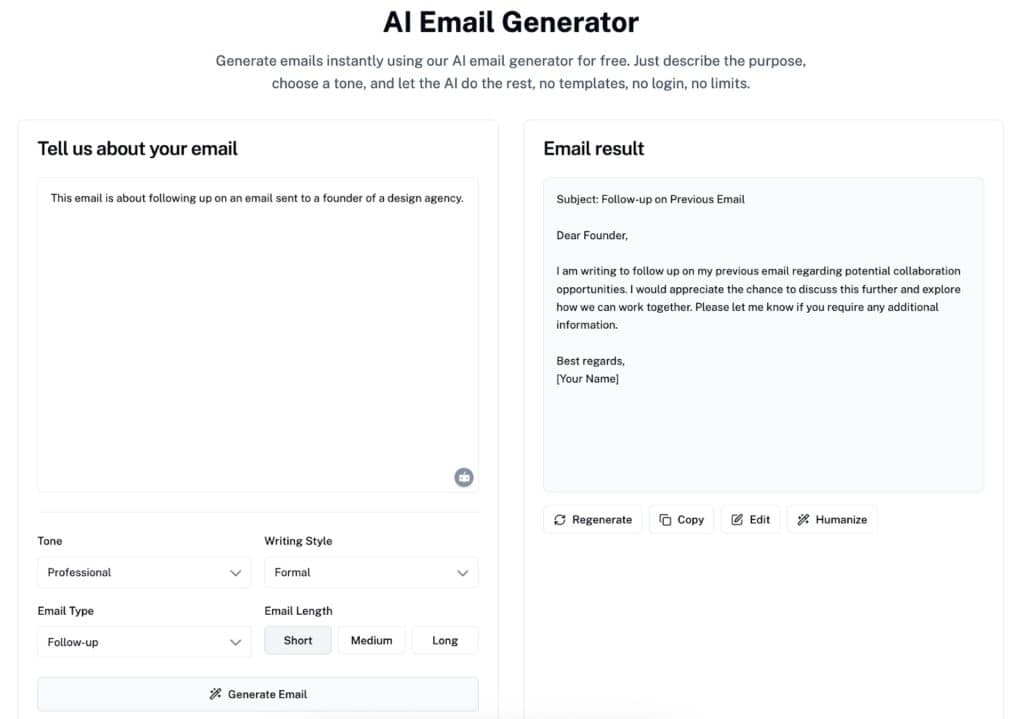
Common Sign-Off Phrases
Using an appropriate sign-off is an important aspect of learning how to end an email professionally.
Let me share some of my go-to options.
Formal
Best for first-time contacts, job applications, or official correspondence.
- Sincerely,
- Best regards,
- Yours faithfully,
Neutral
Ideal for everyday business emails or ongoing professional relationships.
- Thanks,
- Kind regards,
- All the best,
Casual
Suitable for colleagues you know well, internal team chats, or friendly professional exchanges.
- Cheers
- Talk soon
- Take care
Examples by Situation
The right email closing depends on who you’re writing to and why. Different situations call for different levels of formality, tone, and detail.
Here are some examples you can use as a guide.
- How to End an Email to a Professor
When emailing a professor, you should show respect and professionalism. Even if they’re friendly in class, your email should still be formal enough for an academic setting.
Example:
Thank you for your time and guidance.
Best regards,
Your Full Name
It says thank you, ends politely, and shares your full name so the professor knows who you are.
- How to End an Email to a Potential Employer
When you are applying for a job, following up after an interview, or reaching out to someone for networking, the way you end your email matters. You should sound polite, confident, and ready for the next step.
Example:
I appreciate your time and hope to hear from you soon.
Sincerely,
Your Full Name
- How to End an Email to a Client
Emails to clients are always supposed to end in a friendly manner. But, make no mistake, they must also be clear about the next step.
Example:
Please let me know if you have any questions about the proposal.
Kind regards,
Your Full Name
Such closings are polite, clear, and invite the other person to respond if they need to.
- How to End an Email to a Colleague
For teammates or coworkers you interact with often, you can be less formal while staying respectful.
Example:
Thanks for jumping in on this so quickly.
Best,
Your First Name
It’s friendly, appreciative, and efficient.
- How to End an Email to a Friend
If you know the person well, you don’t need a stiff, formal ending. A warmer, more casual closing will feel better.
Example:
Can’t wait to catch up soon!
Cheers,
Your First Name
It feels friendly and personal, and it fits the kind of relationship where formality isn’t needed.
Signature Formatting Tips
Students often ask how to end an email to a teacher. Employees wonder how to wrap up an email to their boss.
In the end, we are all in the same boat.
The secret is in your signature. A well-done signature can turn an email from feeling unfinished to looking polished and professional.
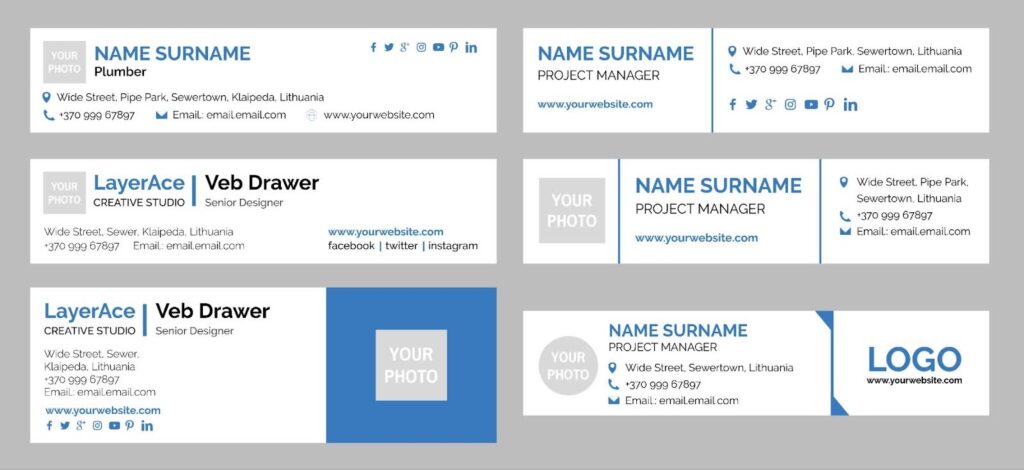
- What to Include
Keep this part the simplest. Just include your full name, title or role, and contact information.
- Text vs Graphic Signatures
Text signatures are often a better choice since they load quickly and work across all devices.
Graphic signatures (with logos or images) can look polished, but they may not display correctly in every inbox and can increase file size.
- When to Use Email Signature Tools
Besides using AI for email writing, tools like Wisestamp, HubSpot Email Signature Generator, or MySignature can help you design a professional-looking signature without needing design skills.
They’re great if you work with clients or want a more professional feel.
For casual emails or messages to your team, you can skip them.
Common Mistakes to Avoid
A great email can still fall flat if the ending feels wrong. Here are a few mistakes to watch out for:
- Adding unnecessary apologies: Ending with “Sorry for bothering you” or “I know you’re busy” can make you sound unsure of yourself. You can be polite without putting yourself down.
- Using filler phrases: Phrases like “That’s all I have for now” or “Just thought I’d reach out” don’t add value. If it’s not helping the conversation, skip it.
- Overpromising in the last line: Promising “I’ll call you tomorrow” when you’re not sure can make you look unreliable. Keep your closing commitments realistic.
- Letting typos sneak in at the end: Many people proofread the start of their email, but not the ending. A misspelled name or wrong date in your sign-off can undo all your effort.
- Forgetting the call to action: If you need the reader to do something, i.e., reply, approve, schedule, make that clear before you close. Otherwise, your email will be pointless.
Your ending is the last thing a recipient reads before deciding what to do next. Hence, make sure it helps them, not confuses them.
Want to give our AI Detector and Humanizer a spin? They’re right below!
Final Thoughts
The end of your email is the part people will remember. It’s where you show you’re thoughtful and intentional. A good closing makes it easy for the other person to know what’s next and how to respond.
At the end of the day, how to end an email just comes down to knowing who you’re writing to, why you’re writing, and the feeling you want to leave them with.
Get that right, and your emails will start landing well. For added polish, try Undetectable AI’s AI Humanizer and Email Generator to craft natural, personalized closings that truly connect with your audience.
Start your free trial today and make every email impactful at Undetectable AI.
